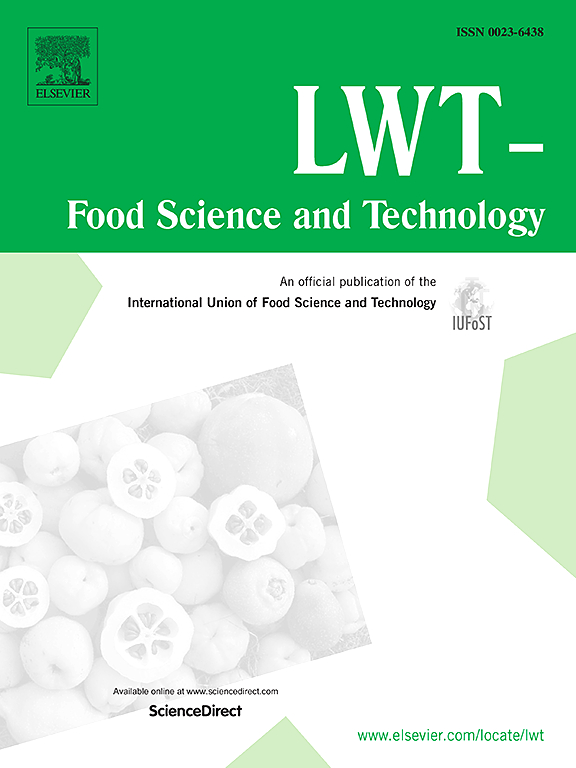Detection and development of lactic acid bacteria bacteriocins - A hint on the screening of bacteriocins of lactic acid bacteria
IF 6
1区 农林科学
Q1 FOOD SCIENCE & TECHNOLOGY
引用次数: 0
Abstract
Background
Bacteriocins synthesized by lactic acid bacteria (LAB) represent a diverse array of antimicrobial peptides exhibiting broad-spectrum activity, playing a crucial role in maintaining food quality and safety. Bacteriocins have been widely recognized as a natural bio-preservative, however, the development of bacteriocins takes a cumbersome and time-consuming step. Screening of LAB bacteriocins represents one of the key steps in the application and study of this class of substances.
Scope and approach
Herein, we summarized new advances in bacteriocin detection and development. By reviewing the species of bacteriocin-producing LAB, the classification and discovery of bacteriocins, the isolation and purification methods of bacteriocins, and the mechanism of bacterial inhibition, the rapid development of bacteriocins is hinted and analyzed.
Key findings and conclusions
Bacteriocins from LAB exhibit diverse sequences and varying properties, structures, and mechanisms of action. The screening of bacteriocins is complicated and inefficient, and combining the structural features, inhibition mechanisms and targets of action of bacteriocins can be more effective in screening bacteriocins. Elucidation of their characteristics and modes of action provides essential information for designing new application strategies.
求助全文
约1分钟内获得全文
求助全文
来源期刊

LWT - Food Science and Technology
工程技术-食品科技
CiteScore
11.80
自引率
6.70%
发文量
1724
审稿时长
65 days
期刊介绍:
LWT - Food Science and Technology is an international journal that publishes innovative papers in the fields of food chemistry, biochemistry, microbiology, technology and nutrition. The work described should be innovative either in the approach or in the methods used. The significance of the results either for the science community or for the food industry must also be specified. Contributions written in English are welcomed in the form of review articles, short reviews, research papers, and research notes. Papers featuring animal trials and cell cultures are outside the scope of the journal and will not be considered for publication.
 求助内容:
求助内容: 应助结果提醒方式:
应助结果提醒方式:


